Planting Shasta Daisies - The Growing And Care Of Shasta Daisy
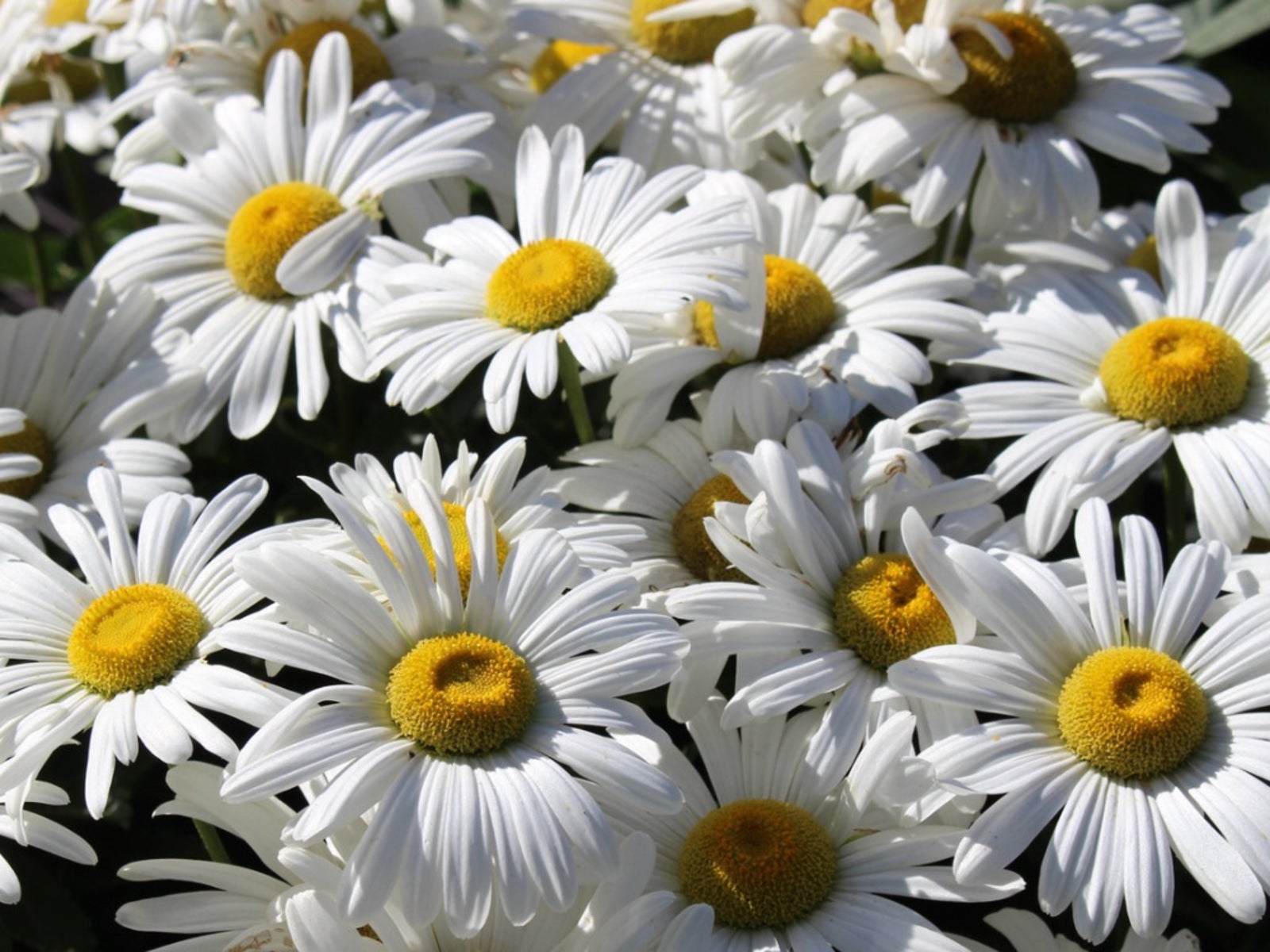

Shasta daisy flowers provide perky summer blooms, offering the look of the traditional daisy along with evergreen foliage that lasts year-round in many locations. When you learn how to grow Shasta daisy, you'll find it to be the perfect, low maintenance perennial for naturalizing and filling in bare spots in the landscape. Originally it known as Chrysanthemum x superbum, the plant was renamed and is now known as Leucanthemum x superbum. Several cultivars of Shasta daisy plants are available to the gardener. Some may reach 3 feet (1 m.) in height while others are just a few inches (8 cm.) tall.
How to Grow Shasta Daisy Plants
When planting Shasta daisies in the garden, take care to prepare the soil properly. Fertile soil is necessary for the best bloom on Shasta daisy flowers. Good drainage is important for the performance of the Shasta daisy as well. While Shasta daisies will take light shade, as opposed to a full sun location, the plants won't tolerate soggy roots or standing water. Provide appropriate drainage several inches (8 cm.) down in the soil. Good drainage when planting Shasta daisy plants can be aided along by adding organic material to the soil prior to planting. Continue planting Shasta daisies yearly for a more abundant display. Shasta daisy plants are short-lived perennials, meaning they return for just a few years. Staggered yearly plantings ensure that your Shasta daisy plants will continue to colonize and grace the landscape.
Shasta Daisy Care
Once planted, care of Shasta daisy is minimal. Shasta daisy care includes deadheading the flowers occasionally to encourage heavier blooms and a more abundant show. Cut flowers of the Shasta daisy are also long-lasting and will encourage more profuse blooming on plants remaining in the ground. New leaves soon appear to produce another show of white daisy blooms in early summer. When blooms of Shasta daisy flowers finish, usually in September, cut the foliage back severely. When planted in a sunny spot, bordering the lawn or at the back of the flower bed, these popular daisy plants will colonize and continue to bloom for a few years.
Gardening tips, videos, info and more delivered right to your inbox!
Sign up for the Gardening Know How newsletter today and receive a free copy of our e-book "How to Grow Delicious Tomatoes".

Becca Badgett was a regular contributor to Gardening Know How for ten years. Co-author of the book How to Grow an EMERGENCY Garden, Becca specializes in succulent and cactus gardening.
-
 4 Superfast Composting Methods: Turn Waste Into Garden Gold In 30 Days Or Less
4 Superfast Composting Methods: Turn Waste Into Garden Gold In 30 Days Or LessTry the fastest composting methods to turbocharge your pile and transform kitchen scraps and garden waste into finished compost in just a few weeks.
By Mary Ellen Ellis
-
 Best Spider Plant Soil – Complete Soil Guide And Expert Tips For Keeping Plants Happy
Best Spider Plant Soil – Complete Soil Guide And Expert Tips For Keeping Plants HappySpider plants are fun and easy plants to grow, but what is the best soil for a spider plant? Selecting the right soil is important so they can thrive.
By Bonnie L. Grant
-
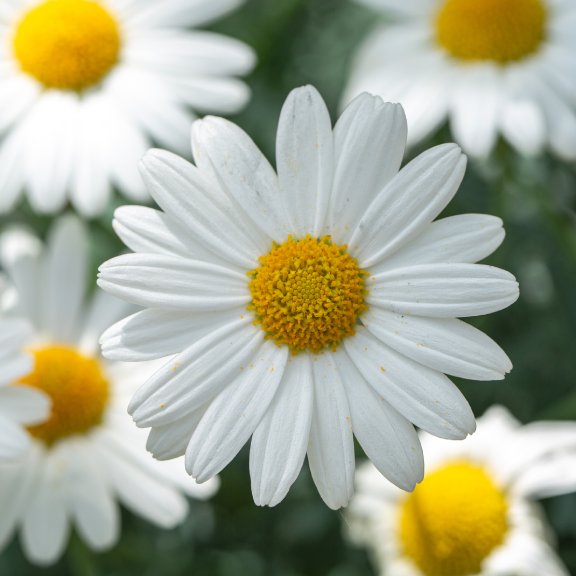 Top 10 Daisy Varieties
Top 10 Daisy VarietiesDaisies are about the friendliest flowers you can find. Here are our top ten varieties to bring some cheer to your garden.
By Tonya Barnett
-
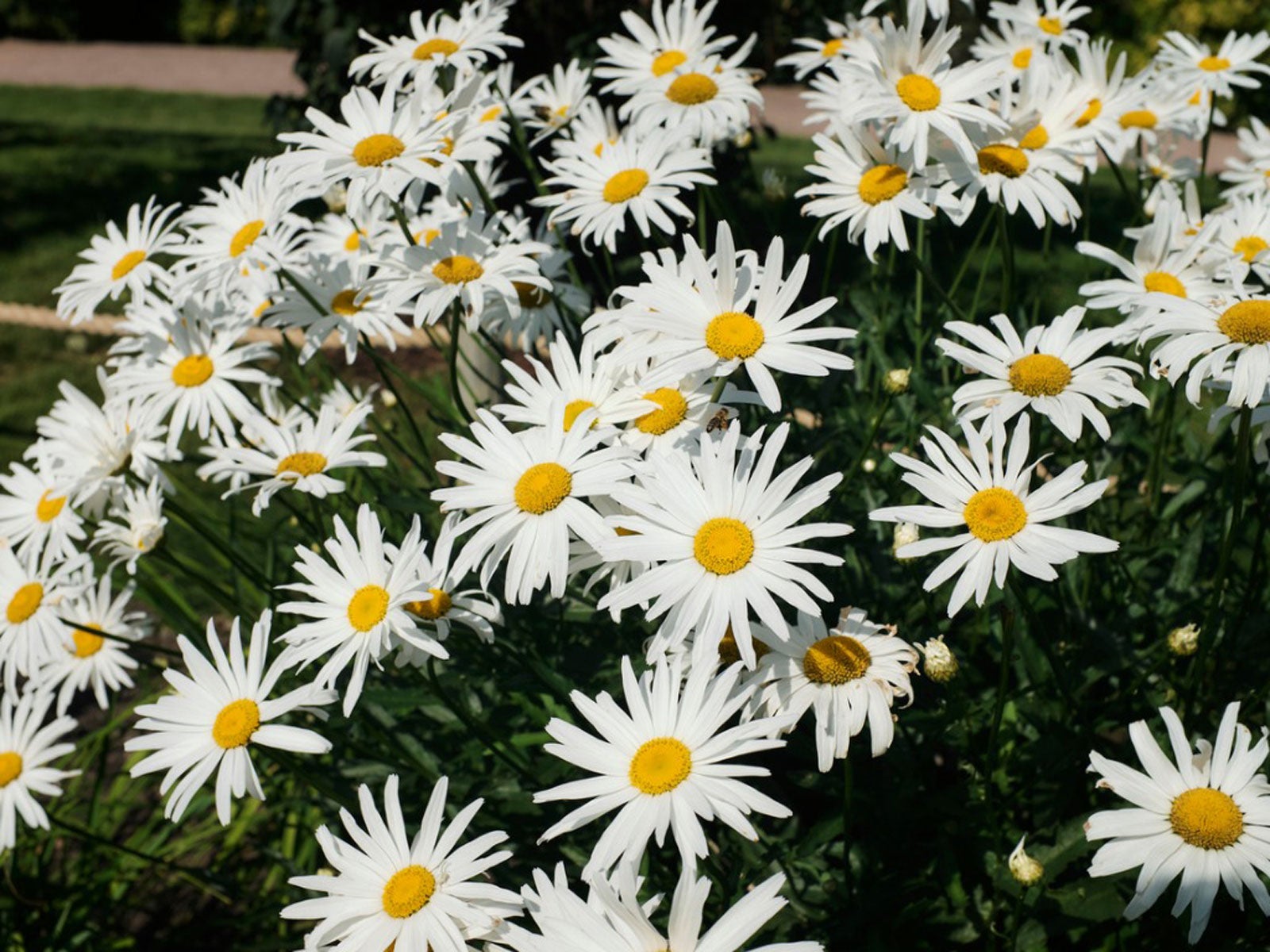 Daisy Garden Design – Tips For Planting A Daisy Garden
Daisy Garden Design – Tips For Planting A Daisy GardenFew flowers are as cheery as daisies. Imagine the happiness brought on by creating a daisy garden. Click here to get started on planning your own.
By Bonnie L. Grant
-
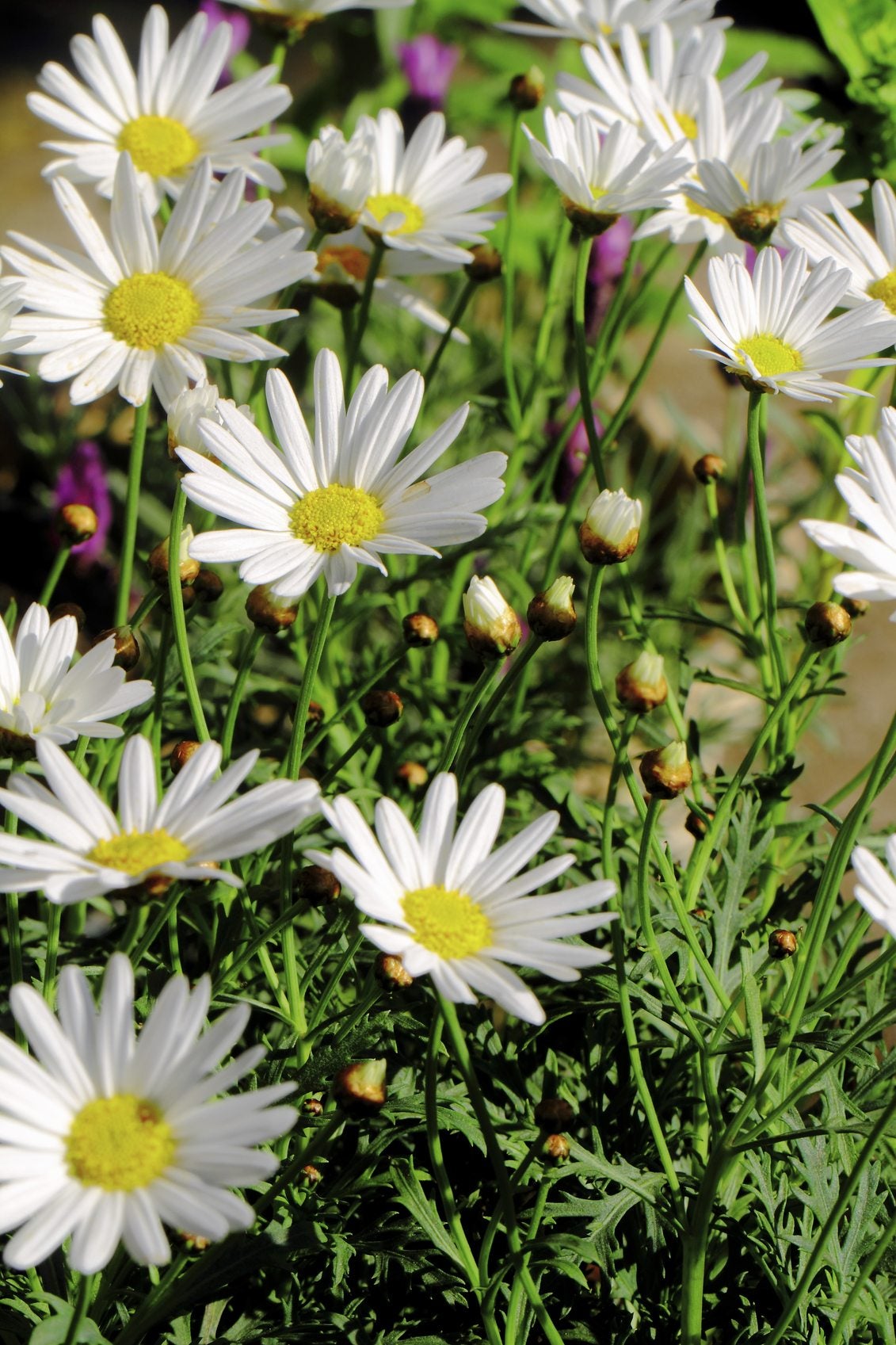 Container Grown Shasta – Caring For Shasta Daisy Plants In Pots
Container Grown Shasta – Caring For Shasta Daisy Plants In PotsWhile they look great in garden borders, container-grown shasta daisies are easy to care for and very versatile. Want to learn more? Click on the following article for information about how to grow shasta daisies in containers.
By Liz Baessler
-
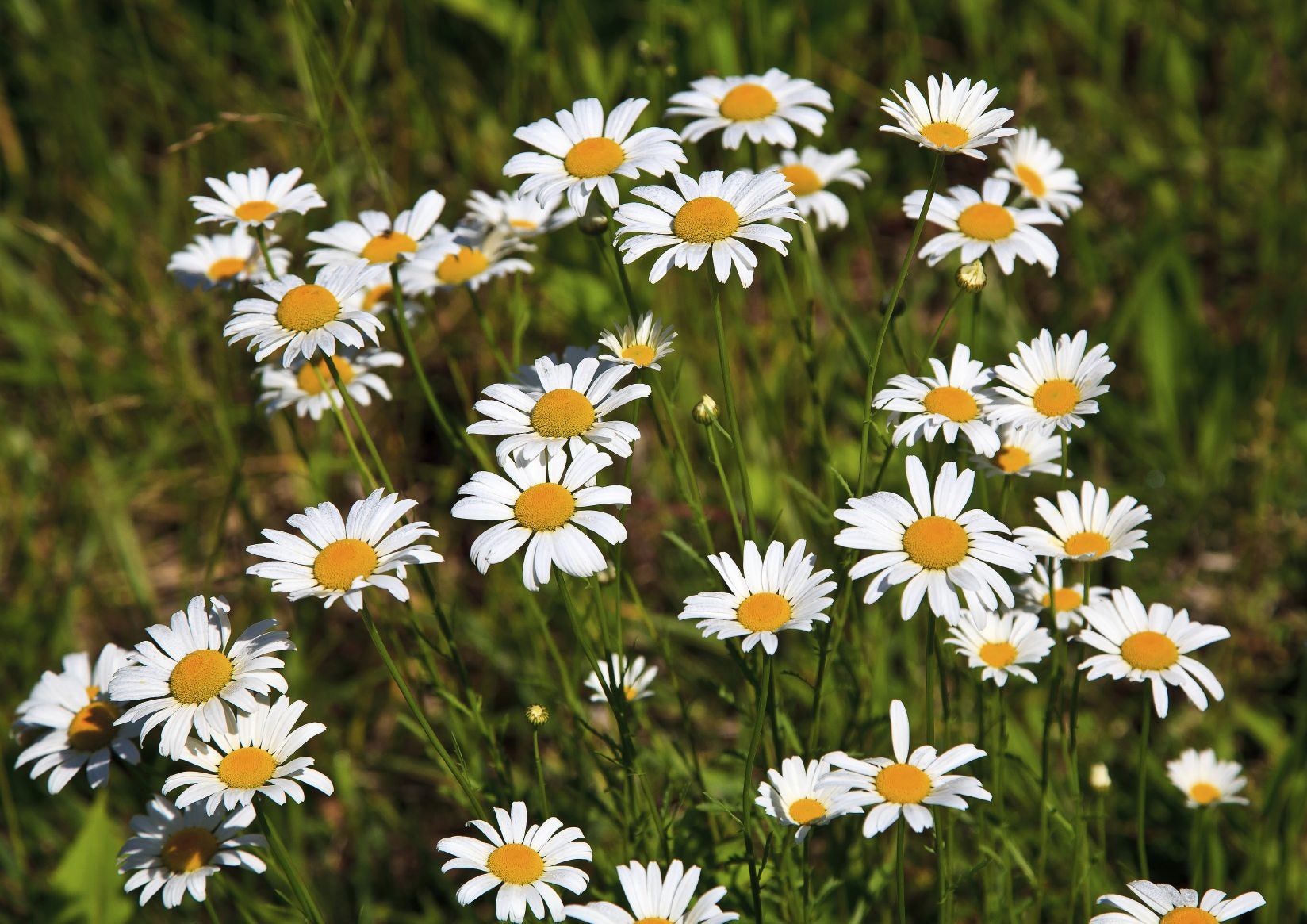 When Can I Divide Shasta Daisies: Tips On Dividing A Shasta Daisy Plant
When Can I Divide Shasta Daisies: Tips On Dividing A Shasta Daisy PlantDividing Shasta daisy plants is an excellent way to spread beauty and ensure that the good natured plants thrive in every corner of your landscape. When can I divide Shasta daisies? This common question has a simple answer, and this article will help.
By Bonnie L. Grant
-
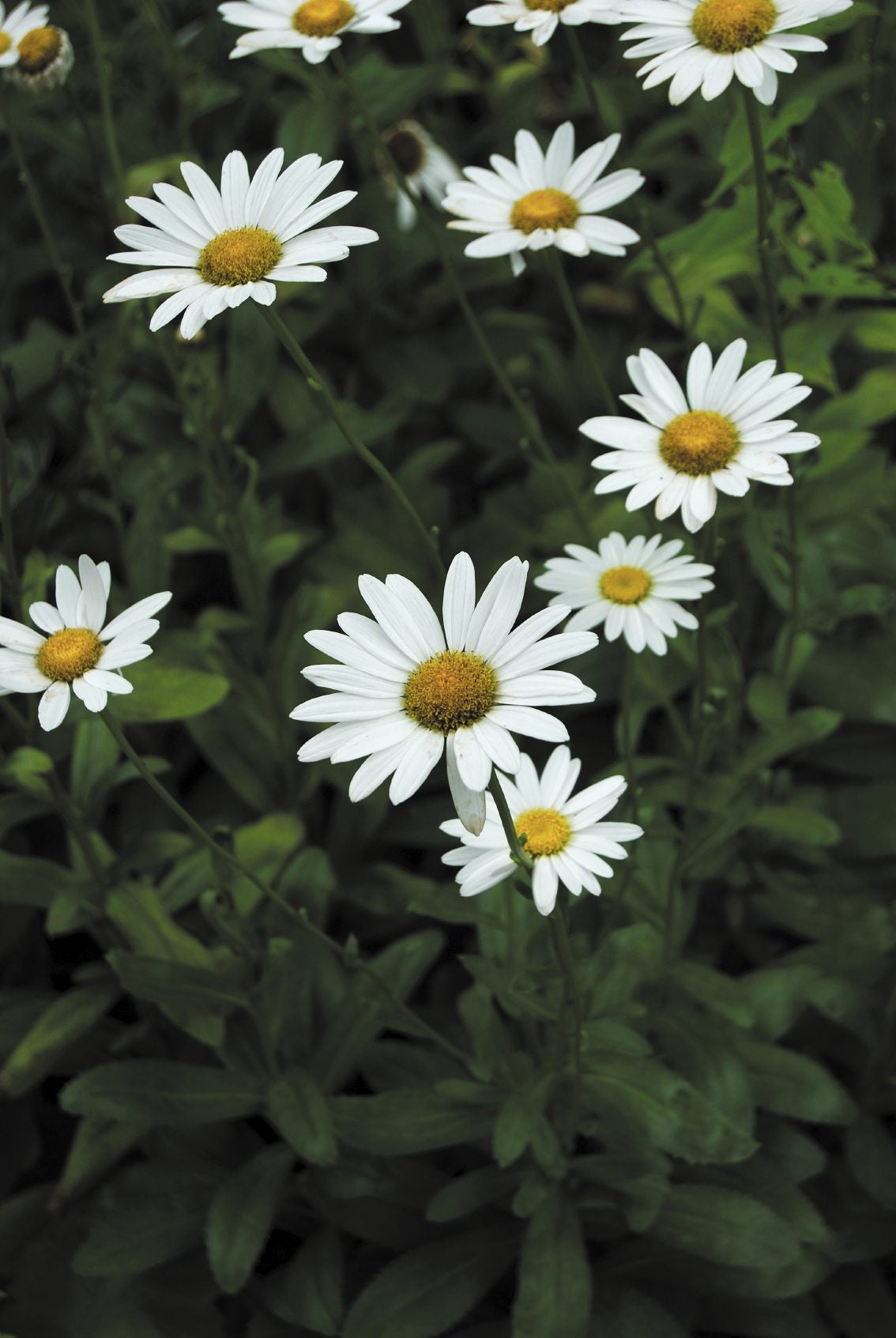 Shasta Daisy Pruning – Tips On Cutting Back Shasta Daisies
Shasta Daisy Pruning – Tips On Cutting Back Shasta DaisiesProper year end care of your plants will ensure a bountiful supply of rayed blooms, and this includes cutting back Shasta daisies. You should know when to prune Shasta daisy and some tips on the method for healthiest plants. This article will help with that.
By Bonnie L. Grant
-
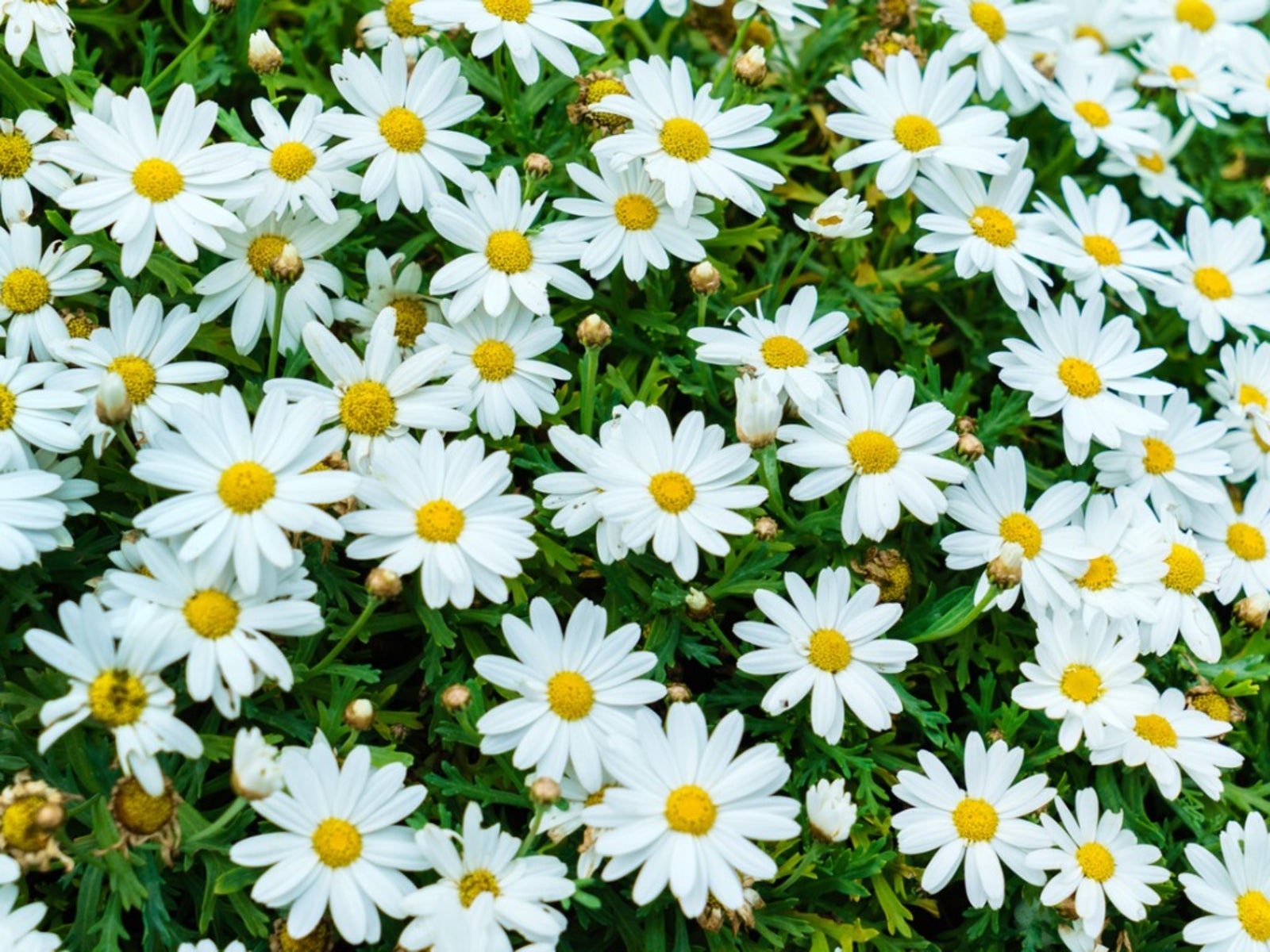 Shasta Daisy Not Flowering: Reasons Why Shasta Daisies Won’t Bloom
Shasta Daisy Not Flowering: Reasons Why Shasta Daisies Won’t BloomShasta daisy bloom time extends from early spring to late autumn. There are a number of reasons for a Shasta daisy not flowering and most can be rectified with improved care and maintenance. This article will help.
By Mary H. Dyer
-
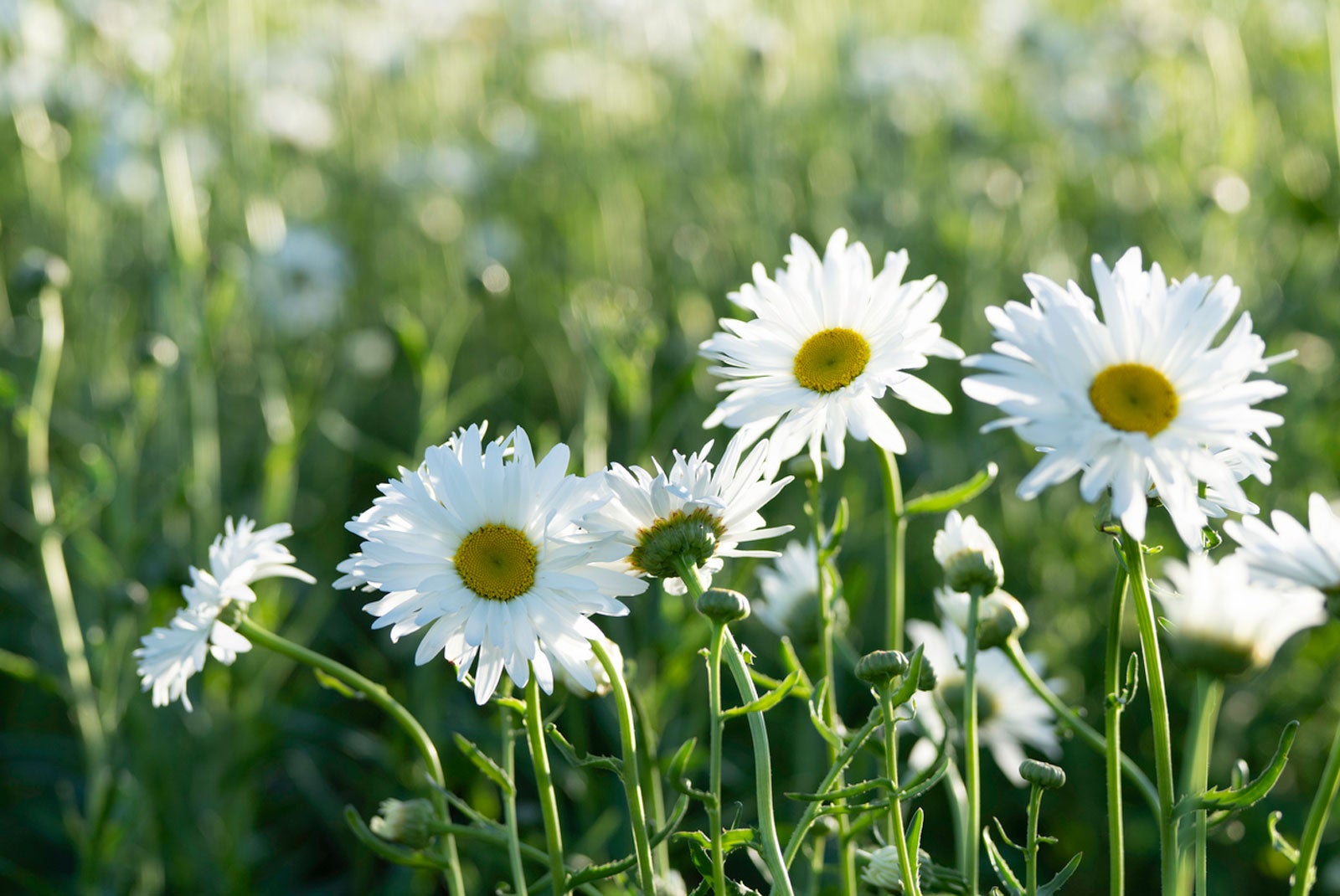 Deadheading Shasta Daisies - How To Deadhead Daisies
Deadheading Shasta Daisies - How To Deadhead DaisiesThe world of daisy plants is diverse, all with different needs. However, one thing common to nearly all daisy varieties is deadheading, or removal of their spent blooms. Read here to learn how it's done.
By Nikki Tilley